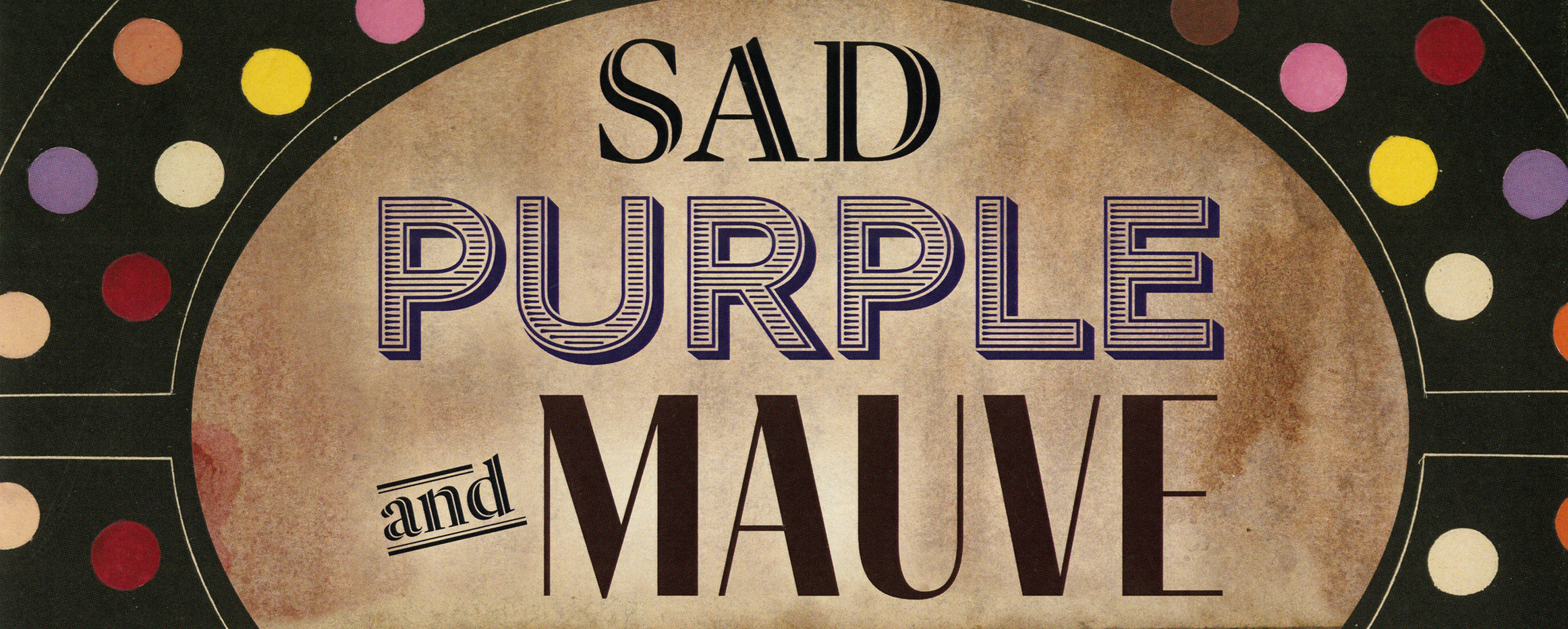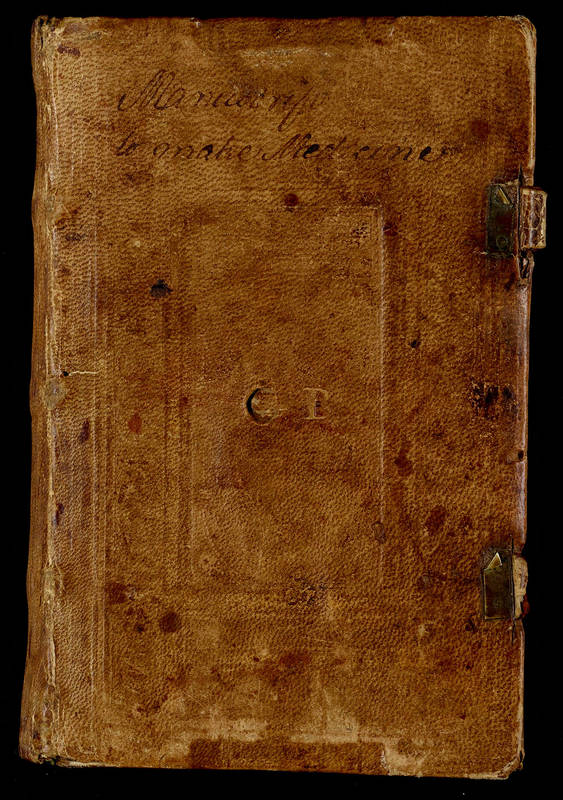Recipe Book
A WOMAN’S DYE RECIPES FROM THE EARLY 1700s
Written in the early 1700s by Christian Barclay Jaffray, the daughter of prominent Scottish Quakers with close ties to William Penn, this recipe book is an important record of the ingredients of historical dye making and the processes used. The manuscript is split into three sections: Medicine, Cookery, and Dyeing. She describes the dye recipes section as "very necessary and profitable." Although she is recording the recipes, the household servants would most likely have been the ones dying the fabrics, given the family’s wealth and social status.
Barclay’s dyes mostly concern dyeing wool and linen, and range in color from light pinks to deeper or "sad" blues, greens, and purples, like the recipes on view.
— Written by Jonah Carver (PSU Class of 2023, English)
Christian Barclay Jaffrey (1680-1758)
A Receipt Book, or, The Fruits of a Young Woman's Spare Hours: Manuscript
Scotland, 1697-1723
A DYE POT BOTH GLOBAL AND LOCAL
Many of the ingredients in Barclay's recipes were imported to Scotland from other continents; in this exhibition you will find information about her global ingredients, including brazilwood from Brazil, indigo from South Carolina, cochineal from the Yucatan and oak galls from Syria. Several displays in this exhibition also elaborate on her homegrown ingredients, including madder root and weld. Most of her recipes also call for aged human urine--one of the few reliable sources of ammonia before the late 18th century. Some of her recipes call for "two or three chamber pots full" of urine, which Barclay says should be aged by the fire. "The older the better," she advises in one recipe.
— Written by Sarah K. Rich (Art History, Center for Virtual/Material Studies)


